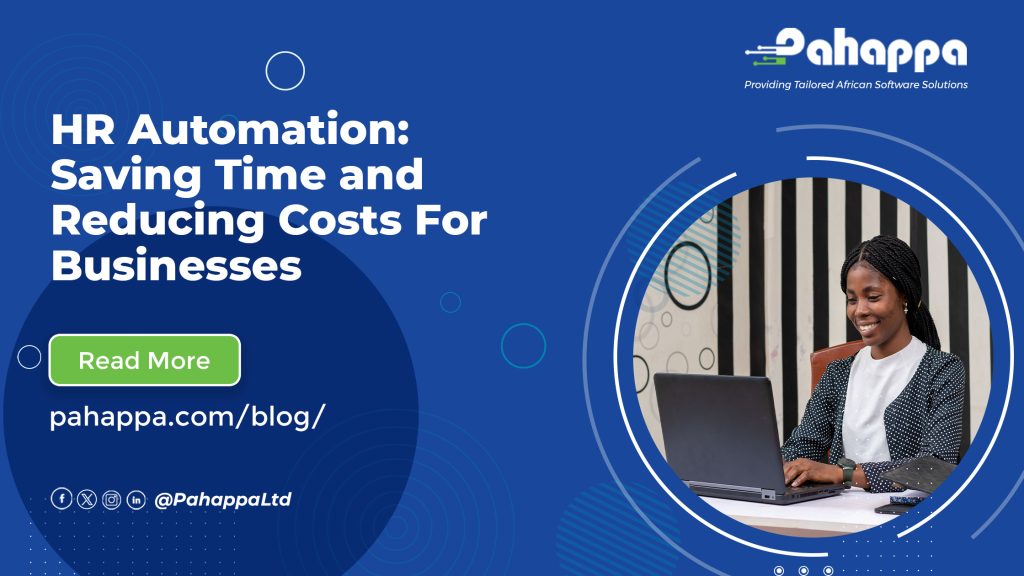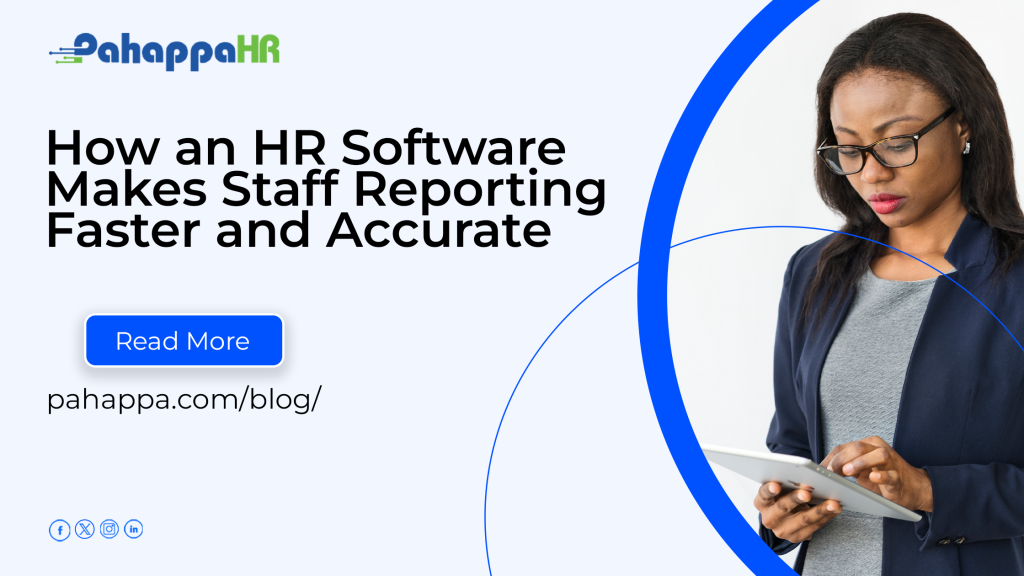Imagine your HR team is buried in spreadsheets, manual approvals, time-off tracking by email, and endless data entry. Every month you’re praying nothing goes wrong in payroll or onboarding because if one error slips through, employee morale dips, trust erodes, and costs rise. HR automation is no longer a “nice to have”; it’s the strategic answer for businesses looking to scale without doubling admin effort.Whether you run a small business, a growing startup, or a regional enterprise, this blog will show you how to automate the right HR processes, what benefits to expect, and how to roll it out with maximum impact.
Why HR Processes Are a Hidden Cost Centre
HR is often seen as “just administration” but the truth is routine HR tasks eat up massive time, create hidden cost drains and block your team from doing strategic work.
-
HR teams spend 70% of their time on administrative tasks, leaving little bandwidth for strategic initiatives.
-
Manual processes lead to more errors, rework, compliance risks, and higher cost of remediation.
-
One report estimates that over 80% of HR tasks could be automated which means there’s big potential for cost savings and efficiency gains.
-
When HR is stuck in admin mode, you lose responsiveness (slow hiring, slow onboarding), transparency, and employee experience all of which can translate into real cost (turnover, complaint resolution, lost productivity).
The Real Benefits of HR Automation
Time savings
When you automate processes like onboarding, timesheets, attendance or leave management, you drastically reduce the hours spent on manual work.
Cost reduction
Automation can reduce administrative HR costs by 50% in many cases. By reducing time spent and errors, you free up HR to do more with the same headcount or scale without proportionally adding staff.
Accuracy & risk reduction
Manual systems are error-prone and slow to adapt to regulatory change. With HR automation:
-
You get audit trails, standardised workflow, fewer calculation mistakes. For example, automated payroll processing reportedly reduces errors by up to 90%.
-
Compliance becomes less of a burden, especially in multi-jurisdiction setups.
Strategic enablement & growth
By freeing HR from repetitive tasks, you allow the team to move into higher-value work (talent strategy, employee engagement, culture building). Also:
-
Automation supports scalability: as your business grows, HR processes don’t have to grow linearly.
-
The data emerging from automated systems enables better decision-making (analytics, forecasting, planning).
Key HR Processes You Should Automate
-
Onboarding & employee records – Automate form-completion, document upload, access provisioning, welcome sequences.
-
Time tracking, attendance, leave management – Integrate clock-ins, mobile check-ins, leave approvals, all feeding into payroll/HR.
-
Payroll & benefits administration – Automate salary calculations, deductions, payslip distribution, benefits enrollment.
-
Performance management & reviews – Automate review cycles, reminders, goal tracking.
-
Reporting & analytics dashboard – Automate data capture and expose dashboards for HR/management insight.
-
Recruitment & applicant tracking – Automate job postings, candidate screening, interview scheduling, status updates.
How to Implement HR Automation Successfully
Here is a six-step practical roadmap to get started.
Audit your current HR processes
Map out what you do today: tasks, tools, manual hand-offs, bottlenecks, error points. Understand where time is lost and where cost is hidden.
Prioritise the high-impact processes
Choose processes that:
-
Consume lots of time.
-
Have high error or rework rates.
-
Recur frequently.
These will deliver the fastest return on automation.
Choose the right automation platform
Look for a solution that:
-
Supports your growth and integrates with existing systems (payroll, ERP).
-
Is configurable for your country/regional rules.
-
Offers employee self-service.
-
Has strong analytics and reporting.
Configure workflows, self-service, approvals, dashboards
Design automation: trigger event → workflow → approval → update records → reporting. Ensure employees have self-service (check payslip, leave status) and approvals flow logically.
Train your HR team and roll out in phases
-
Don’t try to automate everything at once. Pilot one major process, refine, then expand.
-
Provide training so HR and employees understand the change, benefits, and new steps.
-
Manage change: address concerns, communicate clearly.
Measure results
Track metrics like: Hours saved per month, Reduction in errors or compliance incidents, Cost savings (headcount, overtime, rework), Time to hire, time to onboard. Continually iterate and improve.
Conclusion
If your HR function is still buried in manual processes, it’s time to shift. Automate the routine so your HR team can focus on what truly matters: people, strategy, growth. Choose one HR process to digitise (onboarding, leave tracking, time-sheets, payroll). Estimate how many hours are spent on it monthly, research a suitable automation platform or vendor, build a simple pilot plan and set metrics for success (time saved, error rate, cost) and commit to starting. Ready to take the next step? Book a free demo of PahappaHR, run a sample automation pilot, and start measuring the ROI.
FAQs
Q: What size of business benefits from HR automation?
A: Virtually any size can benefit from growing startups (10-50 employees) to large enterprises. The key is picking the right processes and scaling gradually.
Q: Is HR automation safe from a data security and compliance perspective?
A: Yes, when implemented correctly. Verify the platform encrypts data, provides role-based access, audit trails and supports local regulations.
Q: Will automation replace HR teams?
A: No. Automation frees HR teams from repetitive work allowing them to shift into strategic roles focused on talent, culture and growth.
Q: Can automation be applied for small teams of under 50 employees?
A: Absolutely. In fact, smaller teams often gain the most because manual processes are less scalable. Automating early helps future-proof growth.






